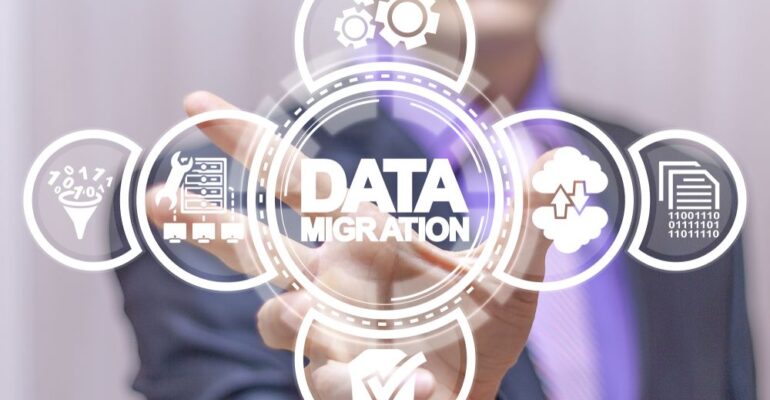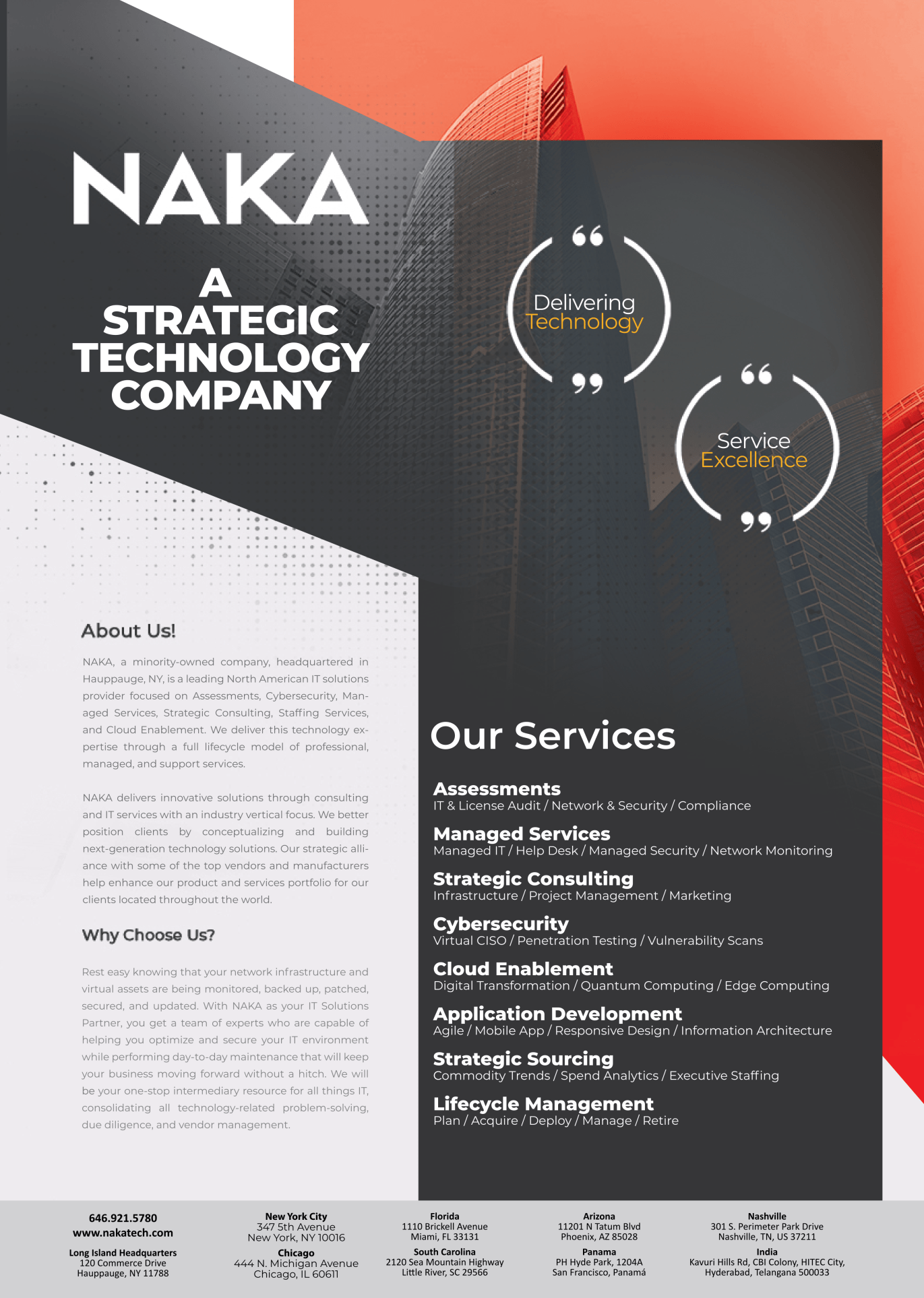Data Migration vs. Data Integration: Choosing the Right Strategy for Your Business

Data Migration vs. Data Integration: Choosing the Right Strategy for Your Business
Businesses face an overwhelming amount of data from multiple systems, departments, and customer touchpoints. However, having data across disparate systems doesn’t benefit a business until it’s accessible and actionable. This is where data migration and data integration come into play. Although these terms are sometimes used interchangeably, they have distinct functions and outcomes. Here’s a closer look at each approach to help you determine the right fit for your business needs.
Understanding the Purpose: Migration vs. Integration
Data Migration is a focused process of moving data from one system to another. Think of it as relocating a collection of valuable items to a new location. Businesses often undergo data migration when they upgrade to new software, switch to cloud platforms, or consolidate systems after a merger or acquisition. The end goal? Seamless access to data in the new environment without losing historical information.
Data Integration, on the other hand, is about connecting multiple systems to create a unified view of data. Instead of a one-time move, integration continuously pulls data from different sources, making it accessible in a single location for real-time analysis and insights. This approach enables businesses to draw insights from combined data streams, supporting informed decision-making across departments.
In Summary:
- Migration: One-time data move to a new system.
- Integration: Ongoing connection across systems for unified data access.
Scope and Complexity: How Do These Processes Differ?
Each process has a different level of complexity and resource requirements.
- Data Migration projects typically have a defined scope focused on transferring a complete set of data from source to target. Despite being a one-time task, migration can get complicated, especially with large data volumes or legacy data formats. Migration requires careful planning, mapping, and testing to ensure that the data is correctly formatted and complete in the new system.
- Data Integration, however, goes beyond a single transfer and connects multiple systems on a continual basis. Integration systems must account for differing data formats, update frequencies, and syncing across platforms. This added complexity enables real-time insights but requires consistent monitoring, maintenance, and adaptability as business needs or systems evolve.
In Summary:
- Migration is often a project-based, single-setup task, focusing on transferring entire data sets.
- Integration is a continuous setup that connects systems, handling complexities like data sync and differing data formats.
Why Choose One Over the Other? Understanding Business Value
Data Migration primarily ensures operational continuity by transferring data from outdated or disconnected systems to new, more efficient platforms. By migrating data, businesses gain a reliable foundation for further digital transformation without losing historical information. Migration can improve system performance and ease access to legacy data.
Data Integration, on the other hand, brings a major advantage in terms of data accessibility and real-time insights. With integrated systems, businesses can obtain a comprehensive, updated view of data across departments. This approach is essential for organizations aiming to leverage data-driven insights for better decision-making, cross-functional collaboration, and more responsive customer interactions.
In Summary:
- Migration: Valuable for updating infrastructure, maintaining historical data, and improving system efficiency.
- Integration: Valuable for real-time data access, insights, and collaboration.
Examples in Action
To help illustrate, let’s explore some real-world examples:
- Data Migration Example: A retail company moving from an on-premise CRM to a cloud-based platform migrates all customer data to ensure past purchase histories are accessible in the new system. This migration helps the business avoid data redundancy and streamline customer service in the updated platform.
- Data Integration Example: A business combines data from its CRM, ERP, and e-commerce platform, giving sales and marketing teams a unified view of customer activity and inventory. This integration allows real-time adjustments to marketing campaigns and inventory management, helping the business stay agile and data-driven.
Key Considerations: Risks and Resources Needed
Each approach has its own risks and demands:
- Data Migration projects need thorough planning to prevent data loss, downtime, or compatibility issues. Migration errors can disrupt operations or lead to significant data gaps, making it essential to thoroughly test and validate data before finalizing the transfer.
- Data Integration faces challenges such as data synchronization, data quality, and ongoing system compatibility. Integration setups need governance policies in place to ensure security and regulatory compliance (e.g., GDPR), especially when integrating customer data across regions.
In Summary:
- Migration Risks: Data loss, compatibility, downtime.
- Integration Risks: Data sync issues, security concerns, and compliance.
Costs and Resources: Short-Term vs. Long-Term Investments
Finally, let’s talk about costs:
- Data Migration is generally a short-term expense. Migration projects incur costs related to planning, data cleansing, testing, and labor. However, since it’s usually a one-time effort, the costs are not ongoing.
- Data Integration is a long-term investment with continuous expenses for maintenance, scaling, and occasional troubleshooting. Integration projects require a team to oversee connections and ensure consistent data flow, making it an ongoing investment in data accessibility and business agility.
In Summary:
- Migration: Short-term, project-based costs.
- Integration: Long-term, ongoing costs.
Finding the Right Data Management Approach with NakaTech
At NakaTech, we understand that data is a critical asset for any modern business. Whether you’re upgrading systems and need a seamless data migration process or you’re looking to unify data from various platforms through data integration, choosing the right approach is essential.
Our team at NakaTech specializes in both data migration and integration solutions, helping you move data with accuracy and integrity or connect systems for real-time insights and enhanced operational efficiency. We’re here to support your unique data journey, offering reliable guidance and expert solutions tailored to your business needs.
Let us help you harness the full potential of your data, whether it’s through foundational migrations or ongoing integrations that drive informed decision-making and competitive advantage. Reach out to NakaTech today to explore the best strategy for your data management goals.



